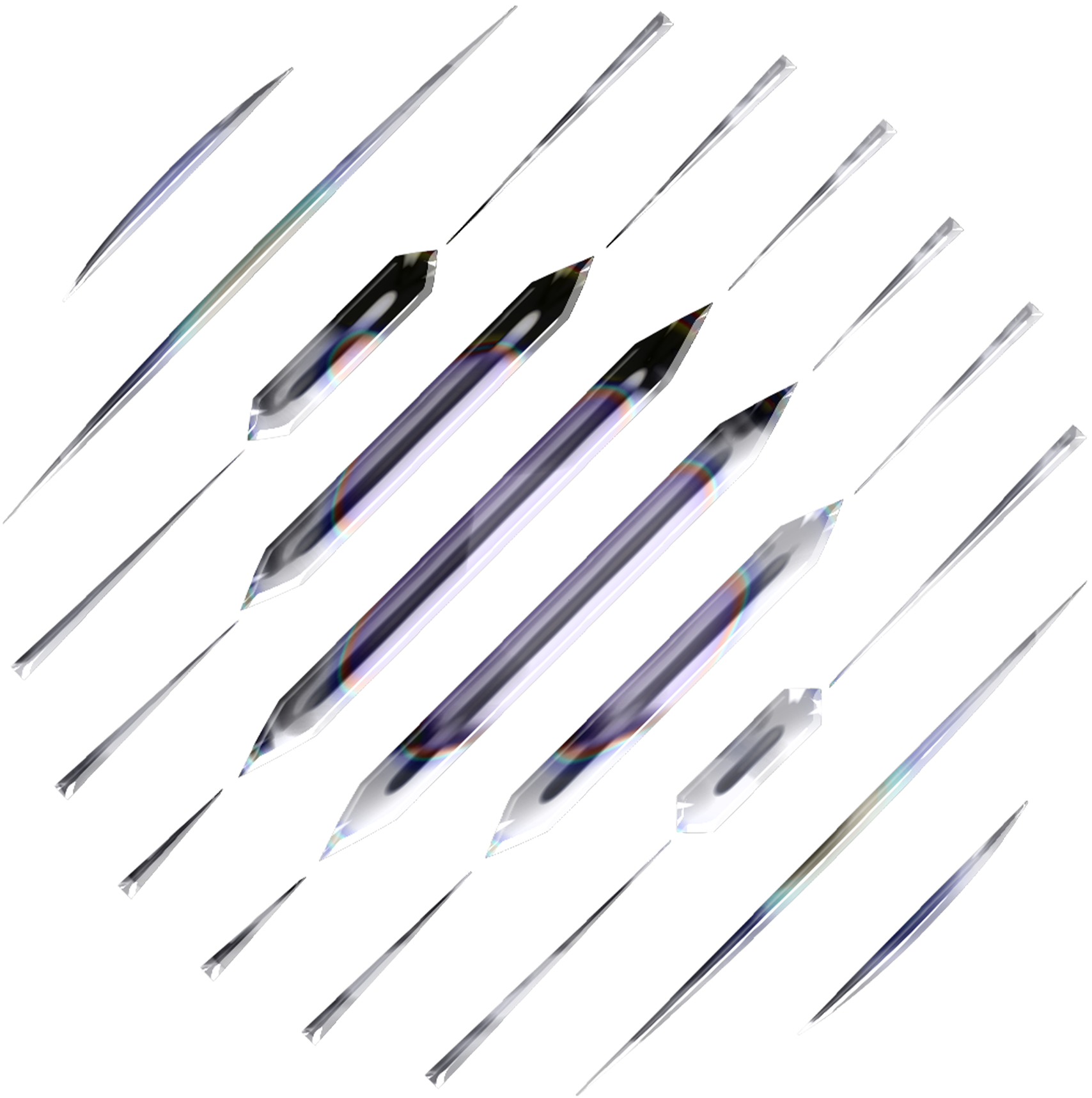Introduction
The Dria Compute Launcher is a simple and efficient way to set up and run the Dria Compute Node. The launcher automatically handles environment setup, model selection, and binary management, making it easy to start the node with minimal configuration.
Features
Settings Menu: Change various settings such as your wallet, ports and API keys, all without leaving the launcher.
Model Selection: Choose your models with a nice menu.
Model Benchmarking: Measure TPS for Ollama models to see if your machine can handle them.
Automatic Updates: Launcher will automatically update a running compute node when there is an update & restart it.
Version Control: You can select & run a specific compute node release.
Auto-detect Ollama: Launcher will check Ollama if you are using it’s model, and start its server if required.
Installation
Linux / macOS
Windows
Build from Source
Open a terminal and run the following command, it will ask for your user password:curl -fsSL https://dria.co/launcher | bash
Some Apple devices need you to bypass macOS’s security warning. If you see “macOS cannot verify that this app is free from malware” when using the launcher use the following command:xattr -d com.apple.quarantine dkn-compute-launcher
Open a terminal in Administrator mode, and run the following command:powershell -c "irm https://dria.co/launcher.ps1 | iex"
You can build from source using Rust & install the launcher globally using the command below:cargo install --git https://github.com/firstbatchxyz/dkn-compute-launcher
1.81.0. Usage
Double-click the executable or run it via the command line. Use help to see available options:
# as a Unix executable
dkn-compute-launcher help
# as a Windows executable
dkn-compute-launcher.exe help
help have their own help messages within as well, you can view it with:
dkn-compute-launcher <some-command> --help
Model Providers
The purpose of running a Dria Compute Node is to serve LLMs to the network. All models are served locally via Ollama. You will need Ollama installed, and you must make sure that your machine can handle your chosen models. See the “Measuring Local Models” section below to see the command-line tools that help you measure TPS.
Starting a Node
Start your node with start command:
dkn-compute-launcher start
When you are running for the first time, the launcher will prompt you to fill in
node information, such as your private key and chosen models.
Referrals Program
You can earn $DRIA points if you refer other users! When you refer a user, for each point they earn you earn a portion of those points as well.
To get a referral code, enter someone’s referral code and such, use the following command:
dkn-compute-launcher referrals
Each referral code only has 10 uses! Once you have referred 10 users, your code will no longer work.
Changing Settings
You can use the settings command to change anything about your node:
dkn-compute-launcher settings
? Choose settings (for .env)
> Wallet
Port
Models
Ollama
Log Levels
✓ Save & Exit
✗ Abort Changes
- Wallet: change your secret key
- Port: edit your listen address port, defaults to
4001
- Models: view all models & edit the models that you want to serve
- Ollama: edit host & port of the Ollama server
- Log Levels: change log-levels for modules within compute node & launcher
You can always exit the process (ungracefully) with CTRL+C (on Linux / Windows) or CMD+C (on macOS), or ESC on both systems.
Choosing Models
When you select Model option in the Settings menu, you will be greeted with a list of available Ollama models:
? Choose your models with SPACE, then press ENTER:
[ ] gemma3:4b
[x] gemma3:12b
> [ ] gemma3:27b
[ ] llama3.3:70b-instruct
[ ] llama3.1:8b-instruct
[ ] llama3.2:1b-instruct
[ ] mistral-nemo:12b
Measuring Local Models
You can test your machine’s performance on locally served Ollama models using the measure command:
dkn-compute-launcher measure
Model Prompt TPS Time (ms) Eval TPS Time (ms) Total (ms)
qwen2.5-coder:1.5b 40.7747 981 67.9260 2488 3496
deepseek-r1:1.5b 21.4724 652 63.3591 16588 17255
driaforall/tiny-agent-a:1.5b 22.5653 842 47.1771 2586 3443
Displaying $DRIA Points
Use the points command to display how much you have earned!
dkn-compute-launcher points
Update Manually
Using the update command you can check for updates & automatically update your compute node and launcher.
dkn-compute-launcher update
start command.
Environment Editor
For more advanced users that would like to view the environment file in more detail & plain-text, we provide the env-editor command:
dkn-compute-launcher env-editor
settings command will edit the last uncommented key on Save.
Running a Specific Release
Using the specific command you can choose to run a specific release:
# select & download
dkn-compute-launcher specific
# run after downloading
dkn-compute-launcher specific --run
# specify tag, skipping the selection menu
dkn-compute-launcher specific --run --tag 0.3.4
The Dria Knowledge Network always considers the latest minor version as the active version; therefore,
if the latest is 0.3.x and you decide to run a smaller version like 0.2.x you will most likely kept out of network due to protocol mismatch.
